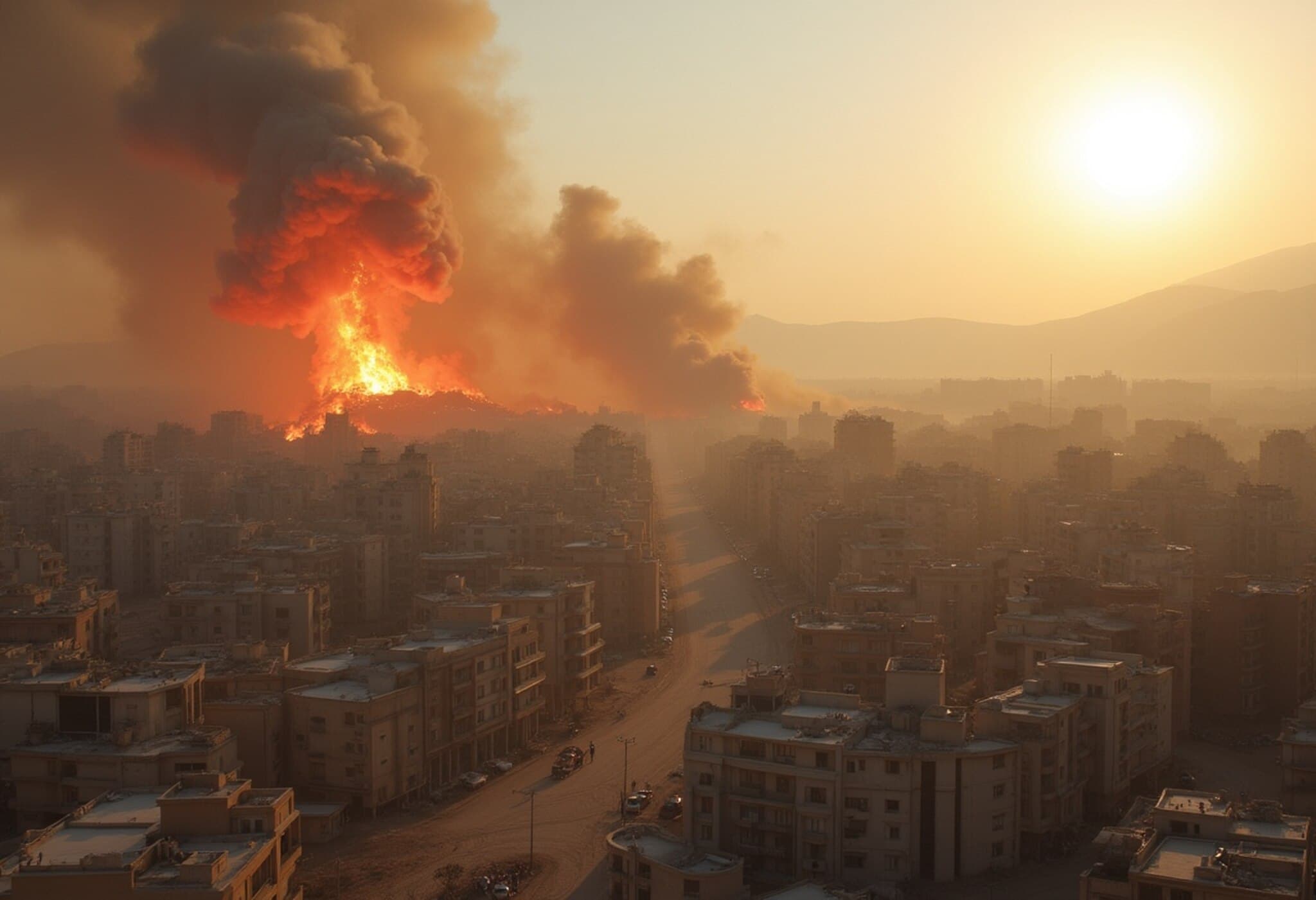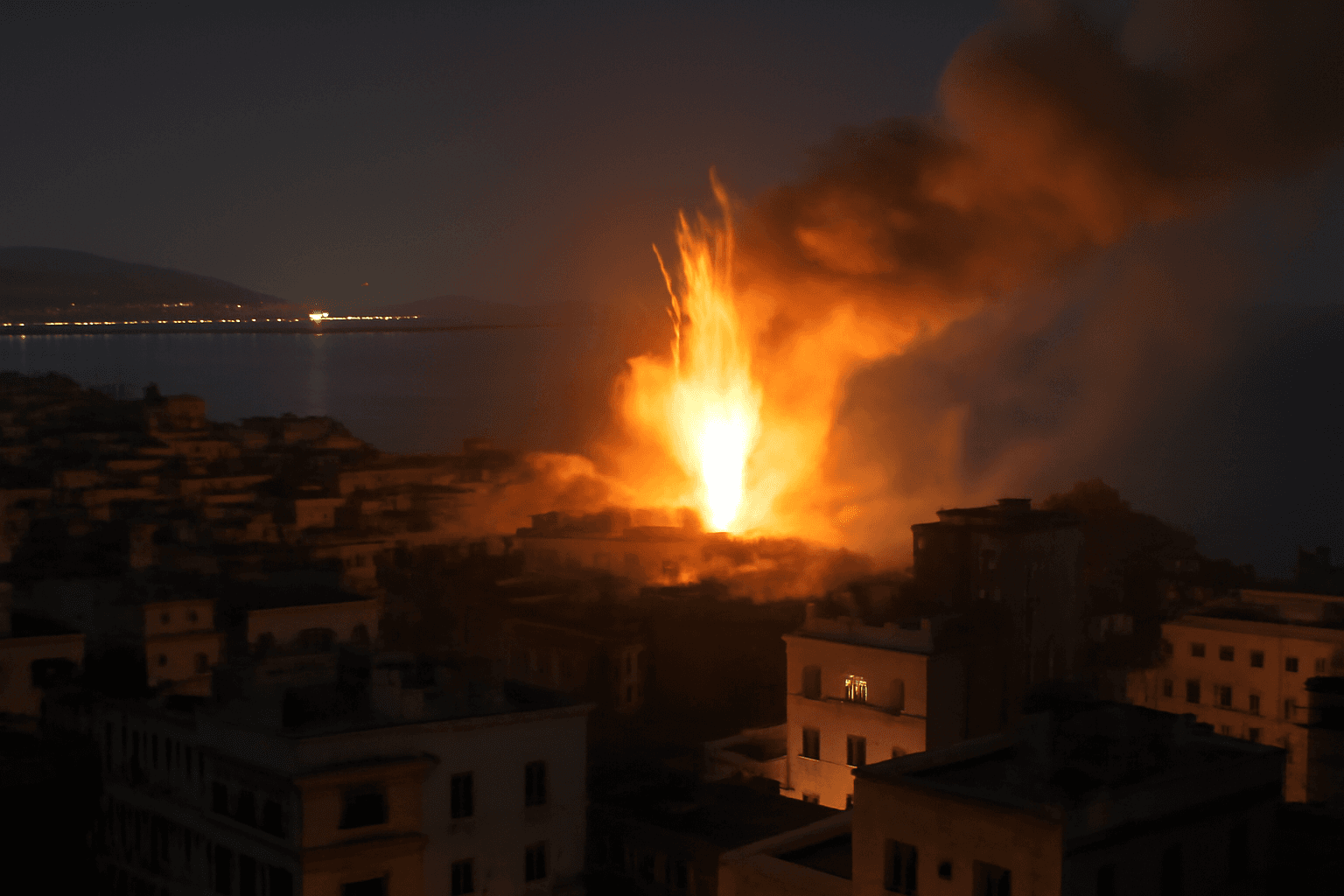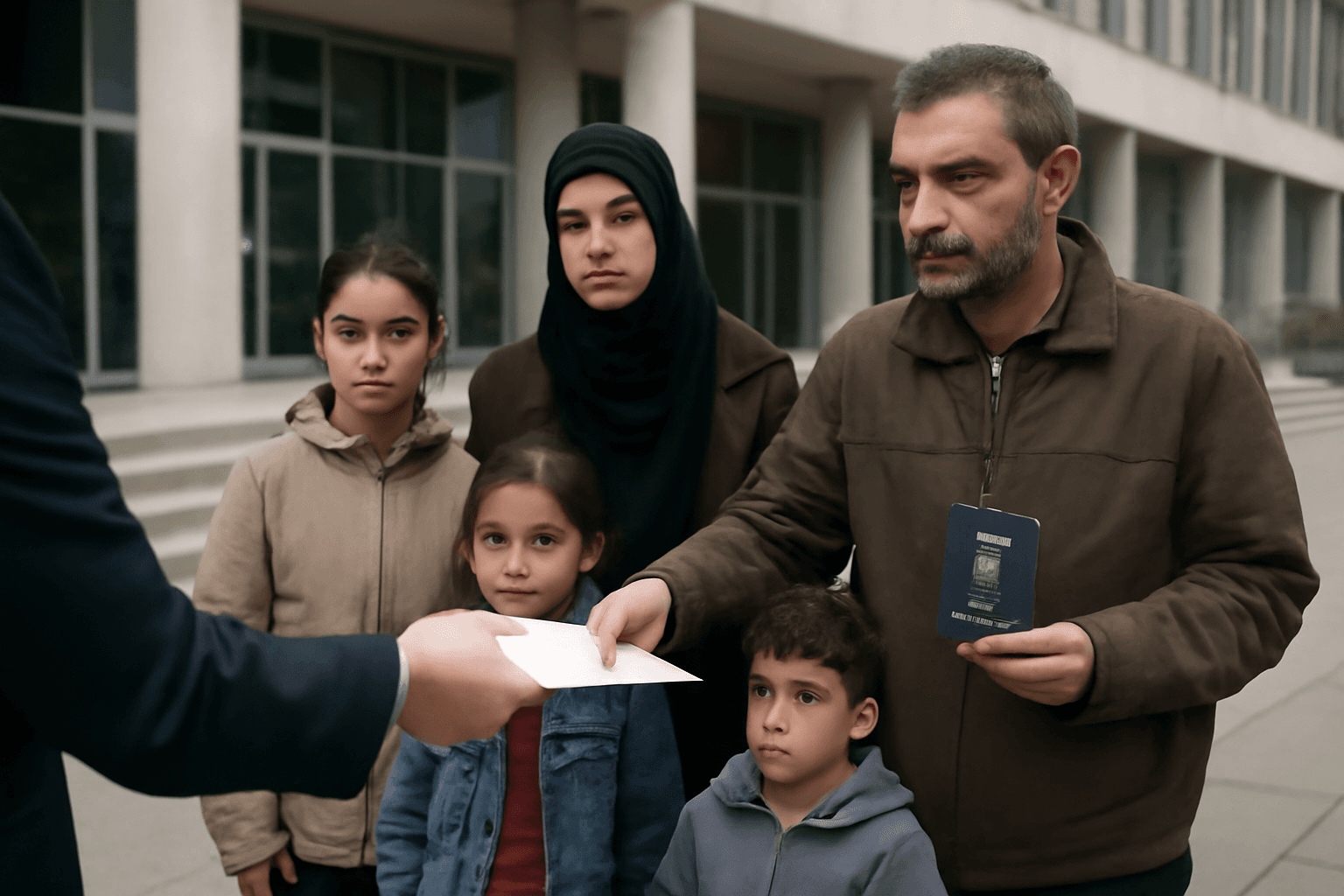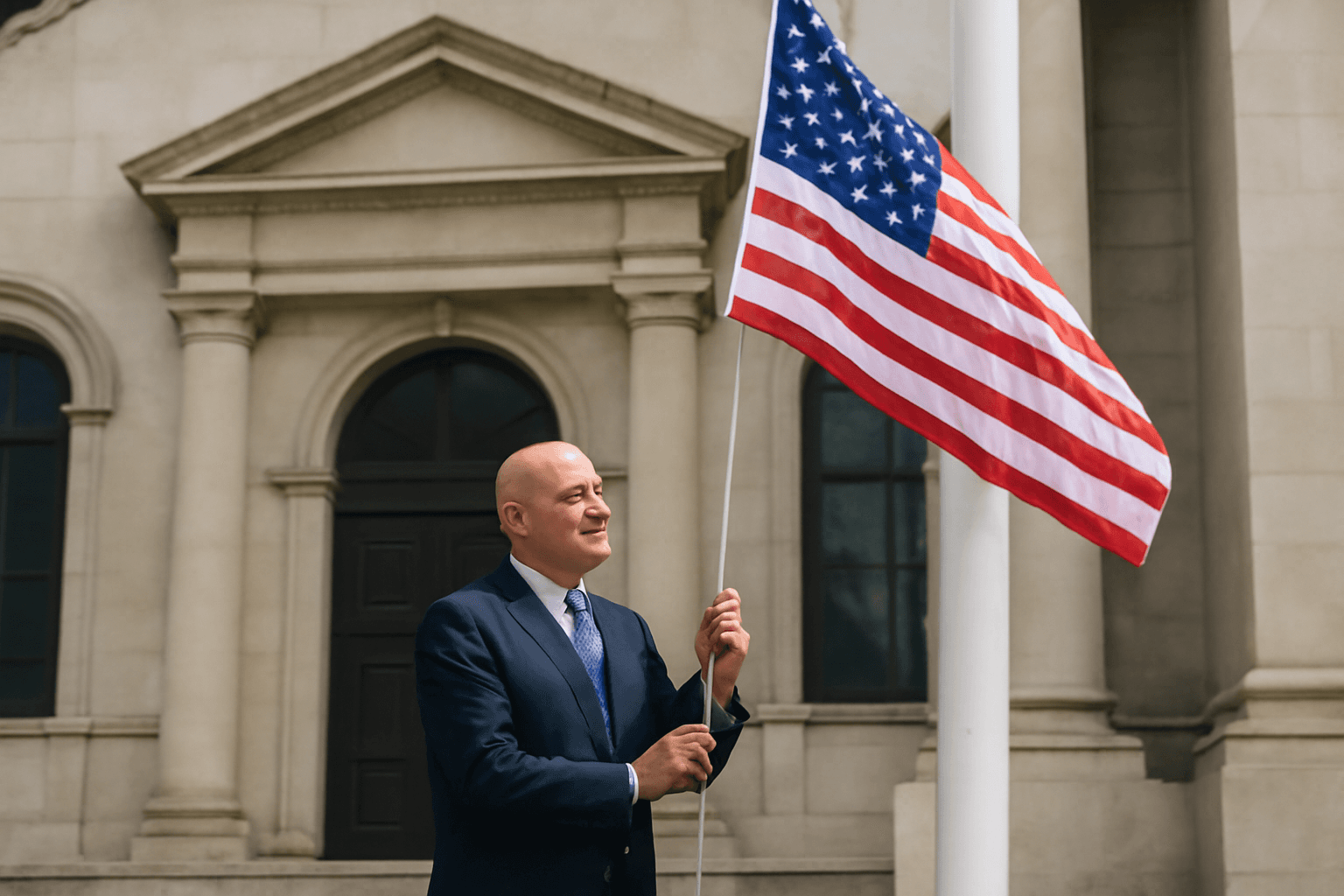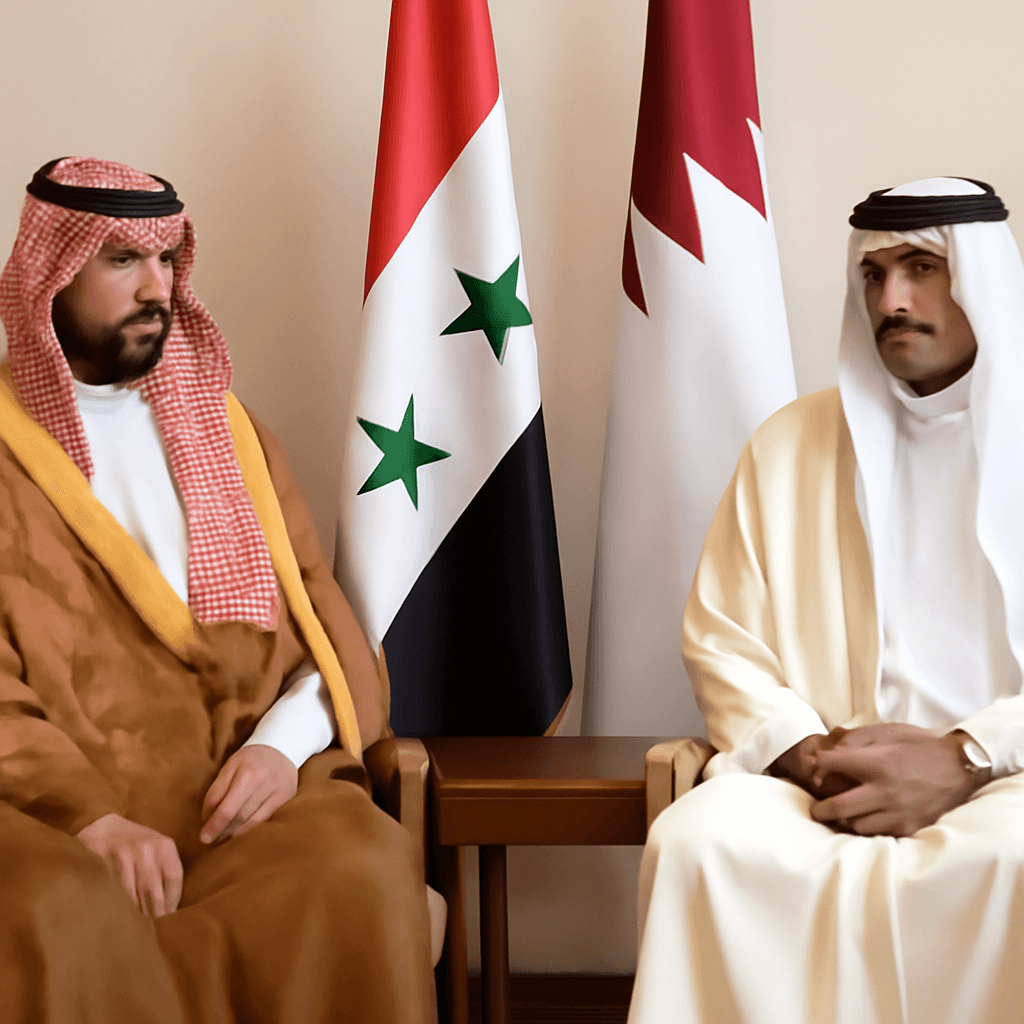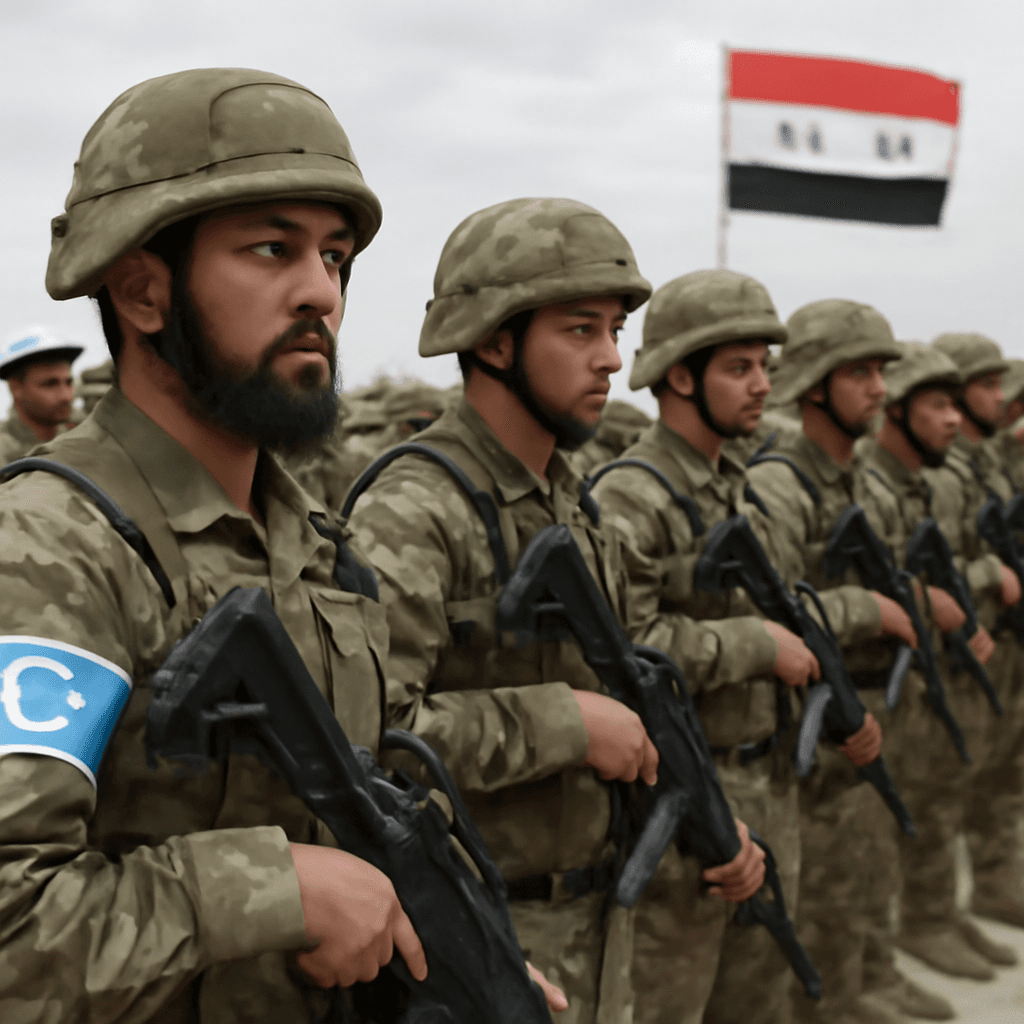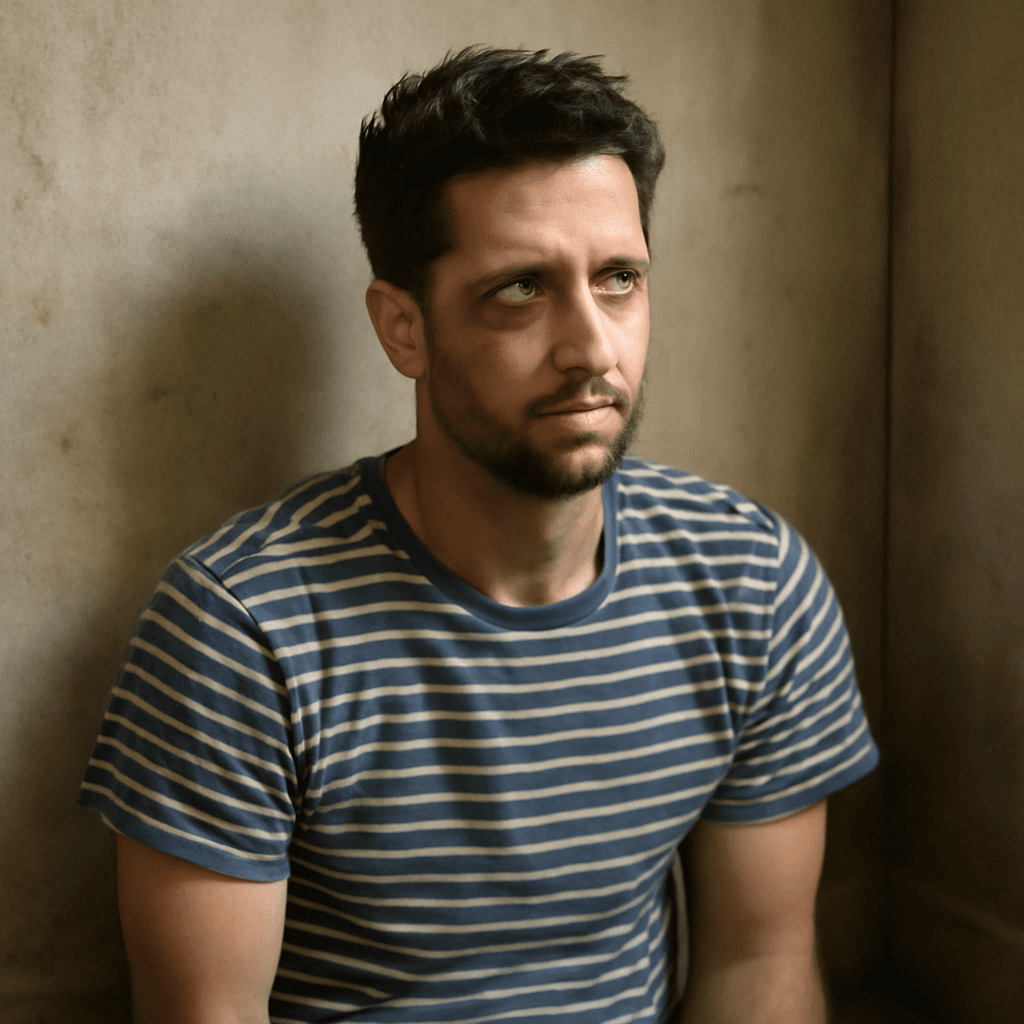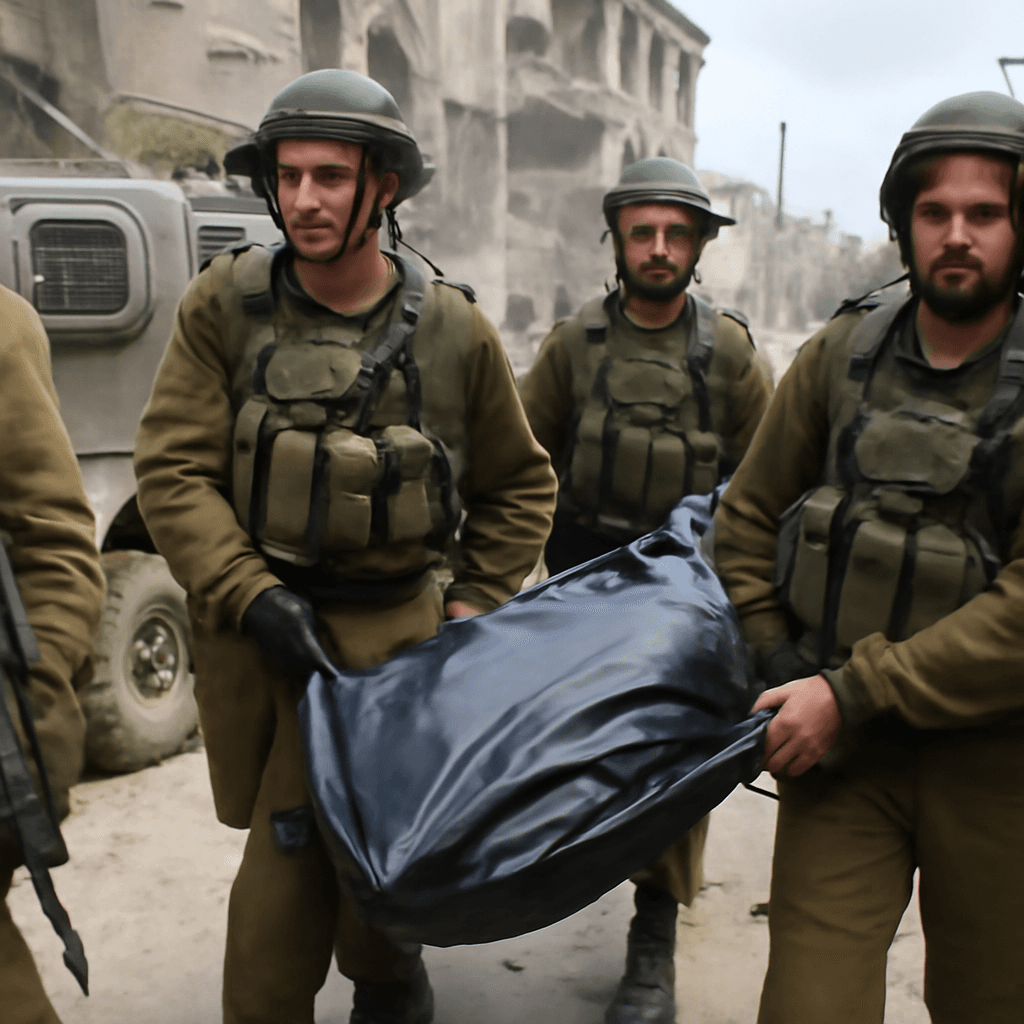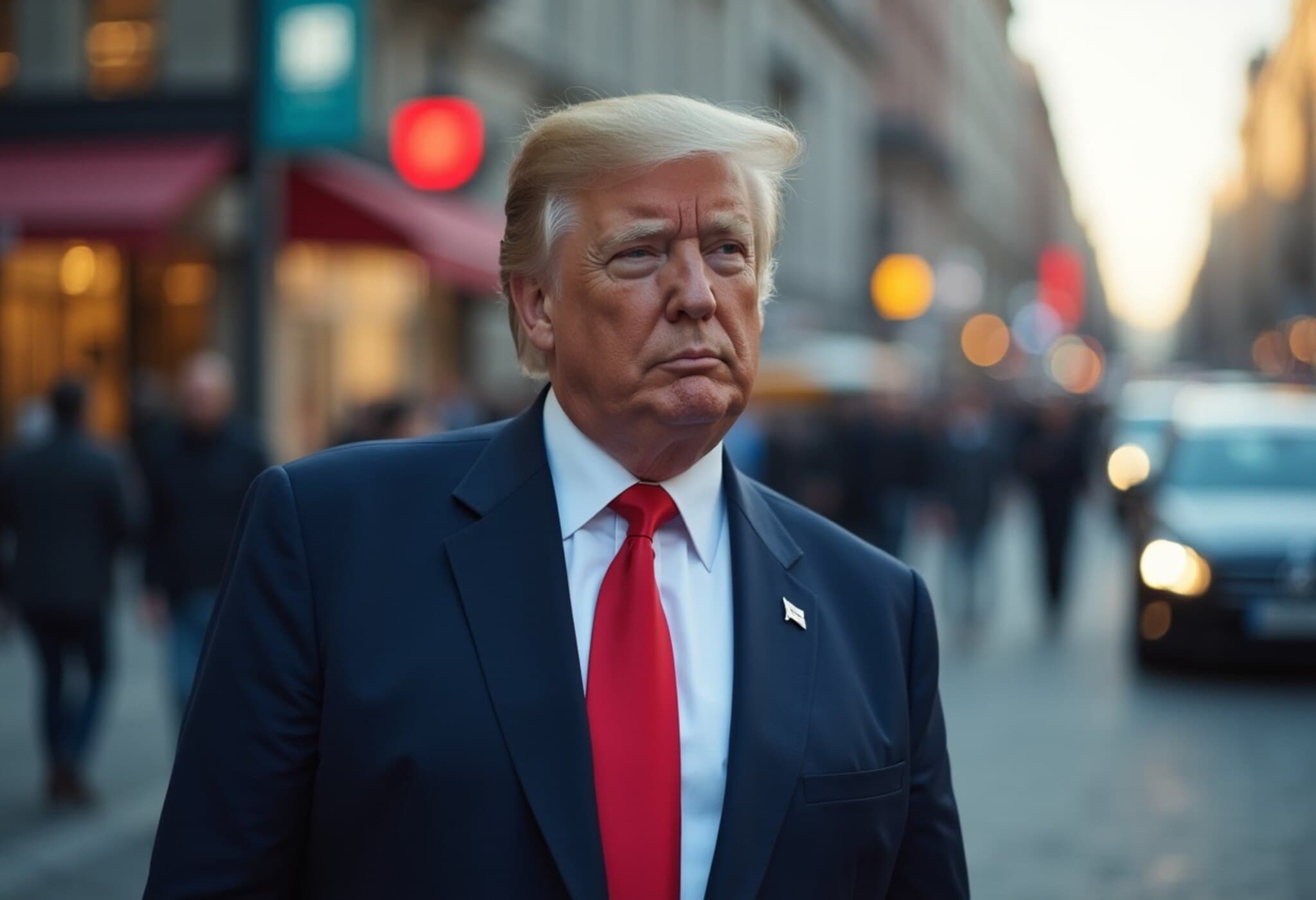Israeli Strikes Surge Near Syria’s Druze Heartland of Sweida
In a significant escalation, Israeli air forces launched strikes near Sweida, a predominantly Druze city in southern Syria, marking their first such raid after Syrian government troops withdrew following intense clashes with local Druze fighters. This development highlights the fragile security situation in the region, underscored by sectarian tensions and strategic calculations tied to the nearby Golan Heights.
Context of the Conflict: Syrian Forces Retreat Amid Rising Druze Resistance
According to reports from Syrian state-run media SANA and confirmed by international news agencies, including AFP, Syrian government forces pulled back from areas surrounding Sweida on Thursday after brutal confrontations with Druze militias. Eyewitnesses and monitoring groups such as the UK-based Syrian Observatory for Human Rights (SOHR) document a grim toll — more than 300 fatalities in Sweida province since the violence erupted earlier this week.
The clashes began when Syrian troops, instead of enforcing a ceasefire, reportedly sided with Bedouin groups against the Druze fighters, provoking fierce resistance from the minority community. Among those killed, at least 27 Druze civilians were allegedly executed by Syrian forces, fueling outrage and deepening fears of a sectarian crisis.
Israel’s Strategic and Humanitarian Calculus
Israeli officials justify their airstrikes as protective measures for the Druze, a community with which Israel shares both geographical proximity and complex historical ties. The strikes also aim to prevent potentially hostile forces — including Iran-backed militias and Islamist factions — from cementing presence near the internationally disputed Golan Heights.
These actions follow a recent rare Israeli air raid deep into Damascus, targeting high-value military installations, signaling Tel Aviv’s growing concern over regional instability. The Israeli government insists its intervention is not only strategic but also humanitarian, seeking to shield the Druze minority from the spiraling violence.
Humanitarian Crisis: Civilians Caught in the Crossfire
Local residents of Sweida describe harrowing experiences amid the chaos — families trapped in besieged neighborhoods, communications cut off, and numerous reports of homes burned and religious figures abused. The Druze community’s leadership has labeled the situation an “existential battle,” underscoring the acute fear for their community’s survival.
International bodies and Western governments have voiced concern. The United States, France, and the European Union condemned the violence, with U.S. Secretary of State Marco Rubio expressing deep alarm over reported civilian attacks, urging restraint and protection of minority rights.
Unpacking the Sectarian Dynamics and Geopolitical Implications
The Druze, while comprising roughly one million worldwide, maintain a delicate balance amid the layered factions in Syria, Lebanon, and Israel. Historically, their autonomy and survival have hinged on nuanced alliances and geographic enclaves. The recent change in Syrian governance — with Islamist-led authorities taking power last December — has intensified fears among minorities about their place in the country’s future.
Israel’s interventions can therefore be seen through a dual lens: as a security imperative guarding against hostile forces near a critical border, and as a geopolitical statement affirming its role as protector of vulnerable minorities. Yet, this raises profound questions about sovereignty, the role of external actors in internal conflicts, and the long-term prospects for peace and reconciliation in the region.
What Lies Ahead for Sweida and the Druze Community?
- Restoration of sustainable ceasefire amid fragile trust between Druze fighters and Syrian government troops.
- Enhanced humanitarian aid and communication to address civilian suffering and displacement.
- International diplomatic efforts to mediate and prevent further sectarian violence.
- Monitoring Israel’s role carefully to avoid wider escalation along volatile borders.
The turmoil in Sweida offers a sobering glimpse into Syria’s ongoing fragmentation and the complexities sectarian divisions inject into an already fraught geopolitical tapestry. Whether regional and global powers can pivot from military posturing to constructive dialogue remains a pressing question for peace advocates.
Editor’s Note
As the dust settles, the conflict in Sweida demands a nuanced understanding beyond headlines. The Druze minority’s plight underscores the human cost of regional power struggles, while Israel’s calculated strikes reveal the fine line between defense and escalation. Observers should watch how Syria’s fragile governance, international responses, and local actors shape the next chapter of this unfolding crisis.

